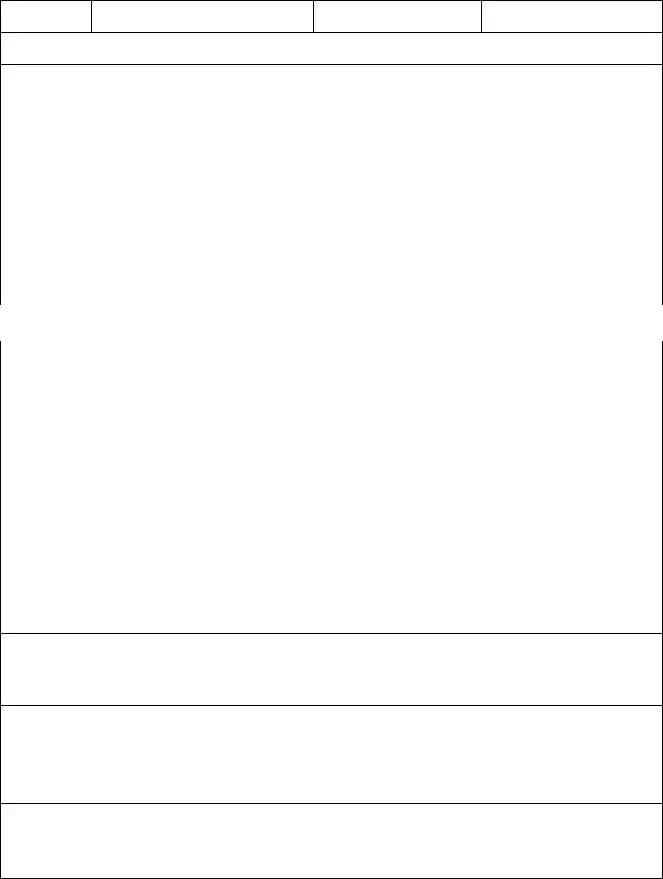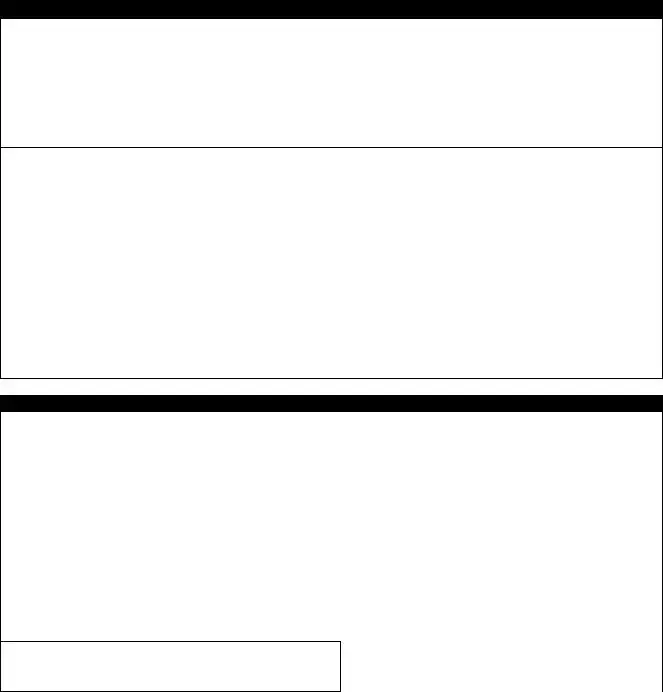What is an Employee Accident Report form?
An Employee Accident Report form is a document filled out when an employee either suffers an injury or witnesses an accident in the workplace. It's designed to capture all relevant information about the incident, including details about the incident, the parties involved, and any immediate actions taken. This form is a crucial part of managing workplace safety and ensuring compliance with Occupational Safety and Health Administration (OSHA) requirements.
When should the Employee Accident Report form be filled out?
The form should be completed as soon as possible after an accident or injury occurs in the workplace. Prompt reporting is vital for addressing any immediate hazards, facilitating an efficient response, and supporting any future investigations or claims. Delay in completing the report can compromise the accuracy of the information and potentially delay necessary corrective actions.
Who is responsible for completing the Employee Accident Report form?
Typically, the employee who experienced or witnessed the accident is responsible for filling out the report. However, if the employee is unable to complete the form due to the severity of the injury, a supervisor or another designated individual may complete it on their behalf. It is essential for the supervisor or a member of the human resources team to review the completed form to ensure all necessary details are captured accurately.
What information needs to be included on the Employee Accident Report form?
The form must capture specific details about the incident, including the date, time, and exact location of the accident, a description of what happened, the names of any witnesses, the type of injury or damage occurred, and any first aid or medical treatment that was administered. Additionally, the form should include any immediate corrective actions taken to address hazards, as well as recommendations for preventing future incidents.
What happens after the Employee Accident Report form is submitted?
After submission, the report is typically reviewed by the human resources department and/or the workplace safety committee. This review process is critical for investigating the incident, determining its cause, and implementing measures to prevent similar incidents in the future. The information may also be used to comply with OSHA recordkeeping and reporting requirements, support workers' compensation claims, and improve overall workplace safety. Employees involved in the incident or who reported it should receive follow-up communication about the status of the investigation and any resultant actions.



